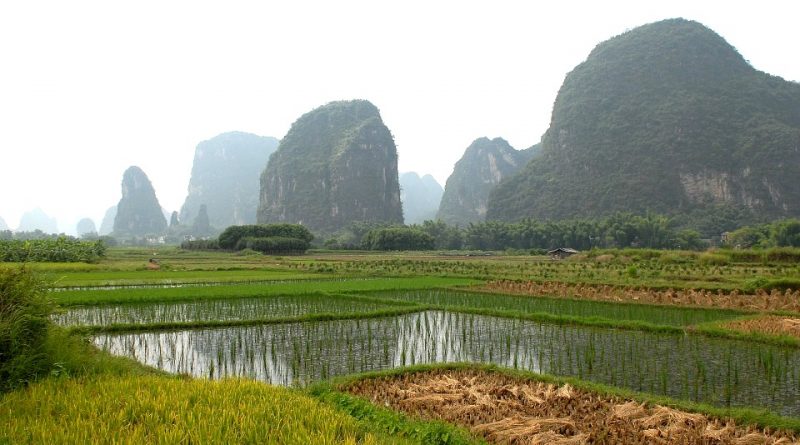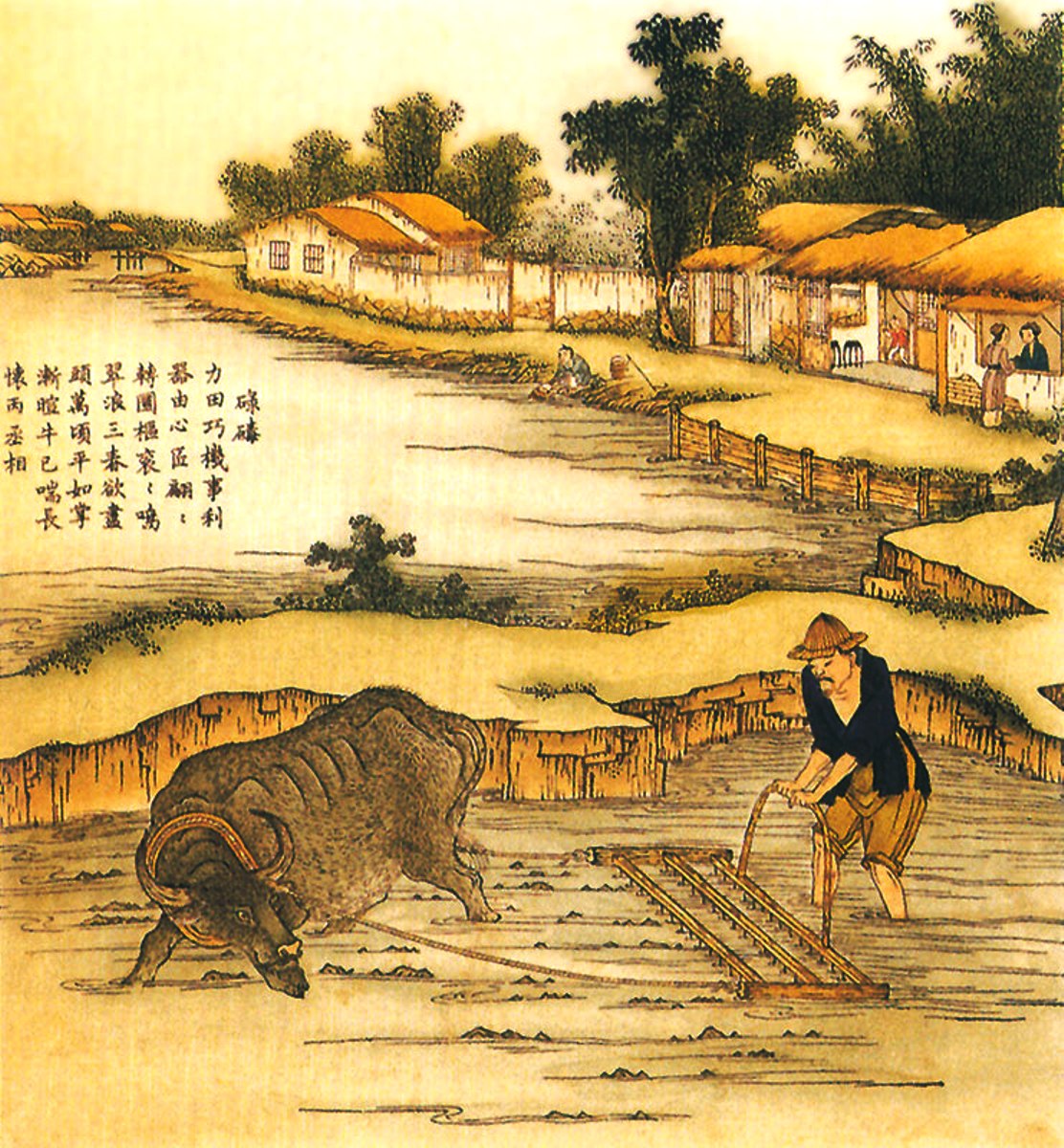Agriculture in ancient China – part III
Agriculture in ancient China – part III
In the Han dynasty, farmers cultivated many species.
Among the cereals, in the North it was common the true millet (Panicum miliaceum) and two varieties of panìco or millet in cluster (Setaria italica); rice was grown in the South.
Various types of beans were also grown, including soya and various species of legumes; these originally cultivated in the mountainous regions, subsequently spread in many other regions, as happened for the hemp from which the seeds were consumed as food and the fibers for the fabrics were used.
As for wheat, barley and oats, these were probably imported into China from western Asia; gradually they became the main crops.
The approach to what is correct (Erya, also known as Literary Lexicon) and the Manual for a ‘rapid learning’ (Jijiu pian), two lexicographical compilations of the Han period, reported the names of the most common products, often dividing each of them by these species in various subspecies, thus giving an idea of the variety of the crops of the period.
Furthermore, the fragments of an agrarian text from the early Han period, the Book of Commander Yin (Yin Duwei shu), reported information on the cultivation of various vegetable crops such as: garlic, onion, mallow, melon and mustard.
This source describes the total production of a farm that has been divided into vegetables and garden products for 20%, fodder and “six animals”, namely: chickens, dogs, pigs, horses, large cattle and sheep, for another 20% and the cereal harvest for the remaining 60%.
It is clear that at the base there was a wise concept of rotations, rotation and the presence of animals in the order of the “companies” of the time.
In the monthly ordinances for the four classes of people, Cui Shi mentioned the vegetables to consume or to sell, namely melon, pumpkin, mallow, hibiscus, alfalfa, mustard plants, turnip, aro of Egypt, ginger, wild nard, onion, garlic, shallot, leek, water pepper and thyme.
It should be noted that most of the species cultivated in China at that time was recently introduced from Central Asia. In addition to garlic, the shallot, melon and alfalfa, there were also cucumber, grapes, fava bean and sesame.
In this way, having all these species available, Han period farmers could sustain multiple harvesting and ensure good fertility and agricultural biodiversity.
For a good rotation, rotation and the possibility of inserting different crops, in the north of China, wheat or barley was sown immediately after the millet spike harvest; soy and millet, on the other hand, after wheat or barley harvest.
In this way it was possible to rotate three harvests without interruption over two years; at the same time, between one crop and another, using the space between the rows of ripe wheat, a certain variety of vegetables was planted.
Among the species cultivated in the North, millet was an indigenous plant domesticated in China in the Neolithic, soybeans were used to increase soil fertility, while wheat and barley, resistant to cold, took root in depth: the multiple rotation of the crops could come about thanks to the complementarity of these characteristics. In southern China, the long cultivation season allowed two harvests a year: raw rice was the main crop, while beans and vegetables were grown at intervals.
Regret remains instead on the information on agriculture in the southern part of China as the information concerning the documents reached in our days is very few.
Regarding the cultural choices of this historical period of ancient China, it is recalled that soy was (and is) an important protein resource in the Chinese diet.
A legend has it that the doufu, a vegetable protein that is produced by curdling a gelatinous liquid derived from soy, was invented in the Han period. In fact this legend has been confirmed by the discovery of a mural painting in Mixian (Henan), which seems to represent the process of production of the doufu, even if the painting, in a poor state of preservation, cannot be considered a real testimony.
Wheat and barley, originally grown in western Asia, were considered as crops of secondary importance. In fact it seems that up to the beginning of the I century BC, the government sent experts who taught farmers about wheat and barley cultivation techniques; due to the extension of the Chinese territory, it was easy, in fact, that the agricultural techniques acquired in one area were unknown in another. The turning point took place during the Han dynasty (25-220 AD), when the importance assumed by wheat and barley led to the construction of water mills and mortars for flour production along the rivers. Thus it was that wheat gradually replaced millet, becoming the main crop of Northern China.
The yield improvement research produced two new cultivation methods during this period.
– The method of plowing a porca ‘(daitian), advocated by Zhao Guo (an official who is credited with having promoted the development of agriculture in the 2nd century BC); this method consisted in sowing the plant on the edge of the furrows formed by the plow, thus making a higher layer of earth available to the plants and decreasing the negative consequences produced by stagnant waters. The advantages of this method were manifold and consisted in a better ventilation and exposure to sunlight, in the constant and gradual consolidation of the soil around the root of the cultivated plant (the soil was pushed by the groove in the furrows), in a more effective protection against very strong winds and easier weeding thanks to well-aligned rows, and finally the possibility of avoiding excessive consumption of seed and increasing space for cultivation. In this period, among other things, the improvement of the plow allowed to furrow deep and straight rows and to turn the earth so as to be able to use also the sluts. The basic notions of the Daitian method were discussed in the work of Lü Buwei, Mr. Lü’s Spring and Autumn; these methods had been so perfected that in fact these principles were adopted throughout the history of Chinese agriculture.
Guido Bissanti


